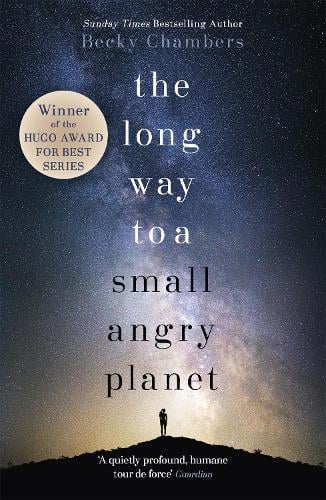
After reading Heads You Win and The Fifteen Lives of Harry August, the concept of how one chance decision can rewrite someone’s life story fascinated me. Life after Life promised the same concept – a story about a young girl who is born and dies repeatedly, each time given the chance to do something different with her life.
“What if we had a chance to do it again and again, until we finally did get it right? Wouldn’t that be wonderful?”
Unfortunately my excitement was dashed pretty early on when it came apparent that the story was going to be repetitive for a good solid chunk at the start. Upon dying and being born again, Ursula followed the same path, changing one small detail just so that she would live a little longer before dying again. It was apparent that Ursula was not learning anything but rather changed that small detail on the whim of a feeling. Once the cycle had somewhat stopped, the plot (playing fast and loose with the word ‘plot’ with this book) did not amount to much – more day to day activities of an assortment of characters. The narrative also had a tendency to jump around a fair bit, making it hard to keep track of times of exactly what was happening and when. At times it was convoluted and messy to navigate.
Which brings me on to the characters. Given the loose plot line, it was expected that the characters would be far more impressive. Sadly this was hardly the case. Despite the fact that Ursula was the protagonist, she felt colourless and rather bland. Or perhaps that’s unfair for me to say, considering that just little over quarter of the way (or perhaps more?) I ditched, therefore not even giving the chance of Ursula to fully blossom in to a character of wonder. Sylvie, on the other hand was rather irritating in a way – her constant negative attitude towards Izzie as she considers her to have loose morals, continued on even when it seemed that Izzie was trying to get her life together in some form. Quite a judgemental character to say the least, not to mention a complete hypocrite. Despite not finishing the book, it was pretty evident that Sylvie was displaying ‘loose morals’ herself. Suffice to say, in spite of being vocal about how a woman’s role is to be a wife and mother, Sylvie was far from nurturing. An extremely flawed character. As for the rest, they were rather forgettable.
Patience was required to read this one (is that a trend with Atkinson’s books – I swear I felt the same when ploughing slowly through Transcription) and in the end, I had run out long before I got a chance to turn the final page. Perhaps it dawned on me that unlike Ursula, I only have one chance at life and my time is finite, therefore perhaps it would be better spent on reading books I actually enjoyed rather than those that felt like I was wading slowly through some thick mud waist high.
Overall, disappointing is the word I would choose to describe my reading experience with this book. The plot was barely there, narration was messy and the characters bland.
Laters,
Saz
P.S. Why did the man fall in to the well? He couldn’t see that well 😋


